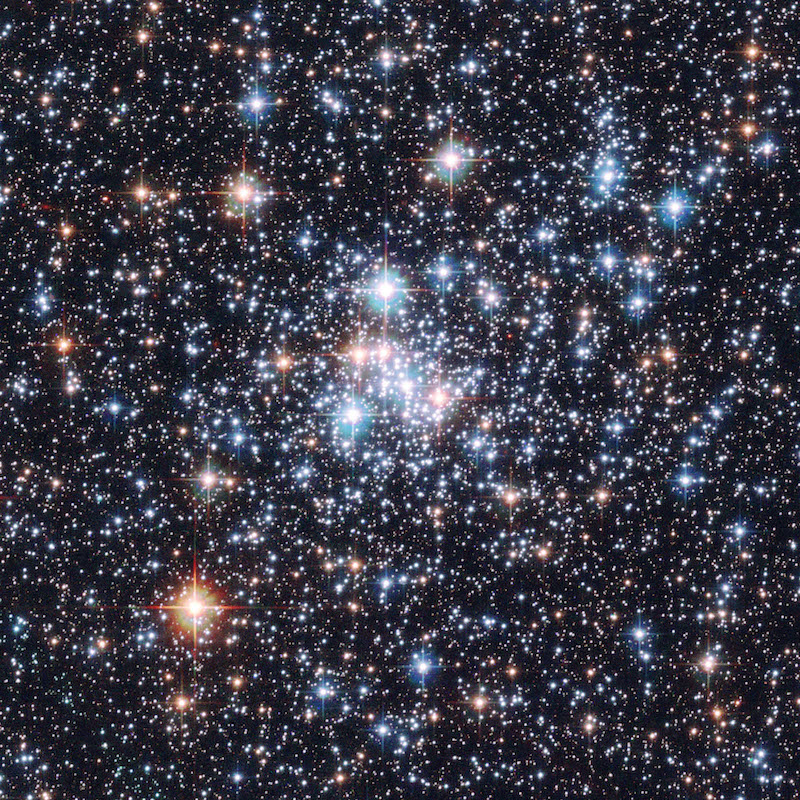Some of the most exciting things that happen in a telescope’s lifetime are its data releases. Gaia, which has been operating since 2013, recently released its third major dataset, and astronomers that weren’t intimately involved in the operation and planning for the project have had some time to pull over. Their studies are starting to pop up in journals everywhere. For example, a new one from a research team, mainly from Guangzhou University, catalogs over 1100 new star clusters, significantly increasing the overall total of these critical components in the structure of the Milky Way.
There has long been a disconnect between the estimated number of star clusters (or open clusters) in the Milky Way and their observed total. Around 15 years ago, researchers thought there would be as many as 100,000 open clusters in the Milky Way based on observed structures in the formation of the galaxy.
Actual observational evidence for that many clusters was lacking, though. Gaia, which focuses on cataloging an astronomical 1.7 billion stars in our galaxy, has already been a source of a large percentage of the 7000 or so that have already been found. Before the first Gaia release, only 1200 open clusters were known. Data release two found an additional 4,000, while previous work with the third data release found an additional 1600.
Most of those previous findings had a weakness, though – they looked primarily at the central galactic plane, with a “galactic latitude,” as the paper calls it, of less than 20 degrees. Only open clusters on the main galactic plane would be visible in that dataset.
So the researchers from Guangzhou took a different approach – they analyzed Gaia data that went well above the 20 degrees previously studied. In addition, they looked out about as far as they could go in the Gaia data – about 5 kiloparsecs or a little more than 16000 light years.
They then had to find a way to sort through all that data. For that, they turned to a series of algorithms akin to simplistic AI learning models. Those include an unsupervised clustering algorithm – basically a way to lump similar data sets together. They also used a Random Forest binary classification system, which tries to construct a valid way to categorize previously unstructured data by using a training input (in this case, the output of the clustering algorithm).
Since the number of potential findings was still semi-manageable (at least for hard-working graduated students), the team also visually confirmed each of the 1,179 clusters they found in the data. Once confirmed, the team worked to classify some of their more important characteristics, such as the metallicity and age of their stars.
Results from their work move astronomers closer to confirming the theory about the total number of open clusters in the galaxy. And while 16,000 light-years might seem far (given that it would take light more than twice the time of all of history to travel it), it’s a relative drop in the bucket compared to the overall size of the Milky Way. There are surely plenty of other open clusters left to find, and hopefully, there will be plenty more data releases from both Gaia and its successors to help find them.
Learn More:
Chi et al. – Blind Search of The Solar Neighborhood Galactic Disk within 5kpc: 1,179 new Star clusters found in Gaia DR3
UT – Gaia’s Massive Third Data Release is out!
UT – Not Just Stars. Gaia Mapped a Diverse and Shifting Universe of Variable Objects
UT – Star Cluster
Lead Image:
A view of NGC 265 and NGC 290, two star clusters in the Small Magellanic Cloud, taken by Hubble.
Credit – NASA / ESA / STScI

